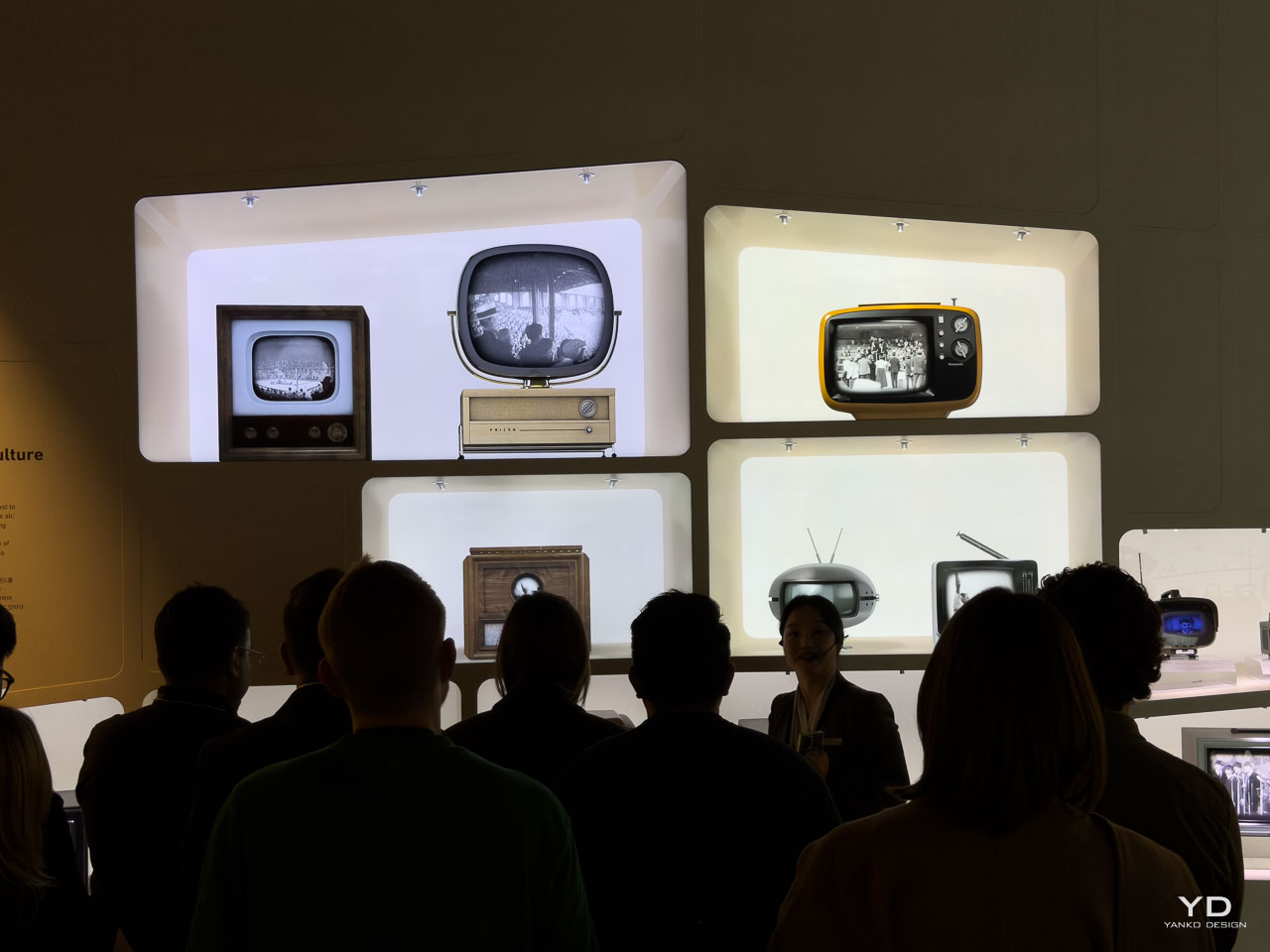
"When TVs Were Furniture Those Wild 1950s Proportions Here's the thing about early TVs: they showed up as furniture first, technology second. Those 1940s and 50s sets had wooden cabinets that matched your dining room furniture because that's literally what they were. Pieces of furniture that happened to have a cathode ray tube inside. The screen was maybe a quarter of the total object. The rest? Cabinet. Because back then, the cabinet was the design."
"Look at a 1950s TV: tiny screen, massive wooden cabinet. Then jump to 2018: wall-sized screen, cabinet that basically doesn't exist. The entire relationship inverted over ninety years. What you're actually watching is designers fighting physics, losing for decades, then suddenly winning so hard they had to figure out what to do with all that freedom. The story is written in wood grain, black plastic, chrome bezels, and eventually almost nothing at all."
Television design transformed from furniture-like cabinets with small screens to expansive, nearly bezelless wall displays. Early CRT sets required great depth for electron guns, so designers built large wooden enclosures that matched home furniture and made the cabinet the primary aesthetic. Screen size represented a small fraction of the object while knobs and finishes emphasized the furniture role. Color broadcasting introduced additional engineering challenges like heat management, further constraining form. Advances in display technology removed those depth and heat limits, allowing designers to prioritize large, thin screens and rethink how televisions occupy domestic spaces.
Read at Yanko Design - Modern Industrial Design News
Unable to calculate read time
Collection
[
|
...
]